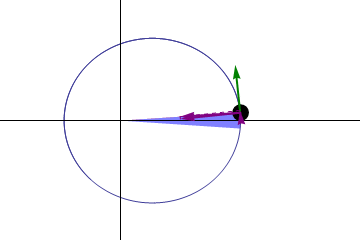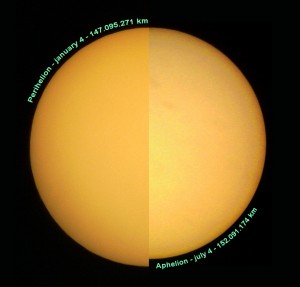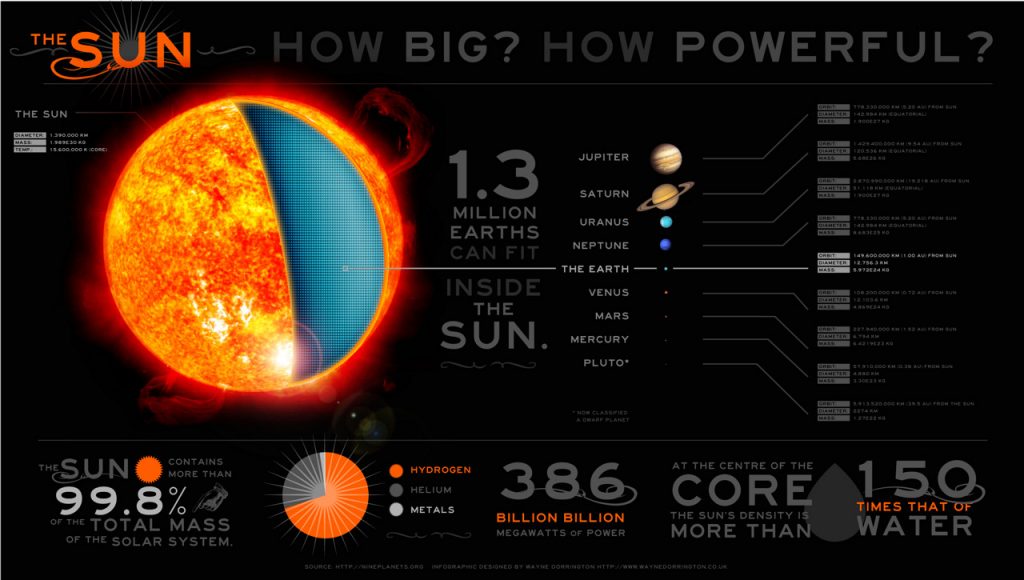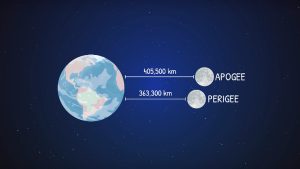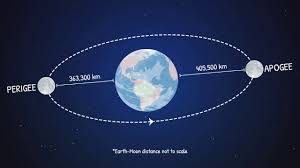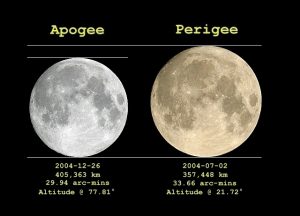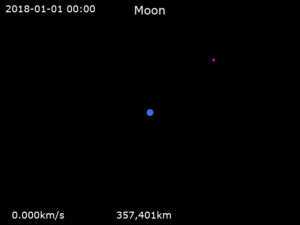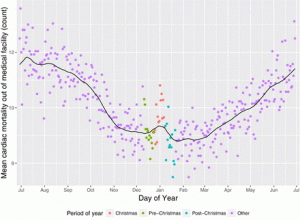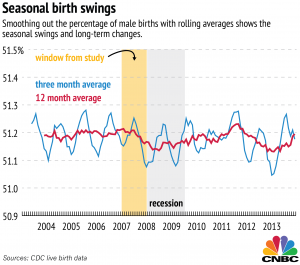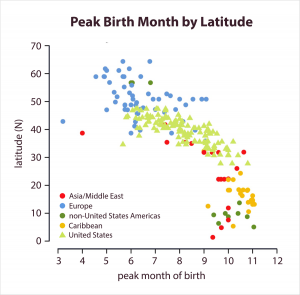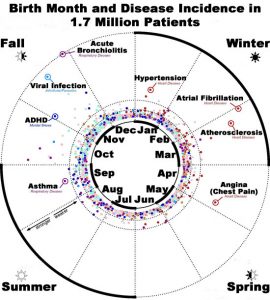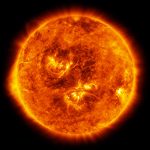perihelion – περιήλιο – close to the sun
The day that the earth and sun are at their closest point is called Perihelion.
You maybe haven’t heard that Greek word before or if you have you don’t know when it happens. Pretty much everybody knows when the solstices and equinoxes occur. Yet when the earth is closest to the sun remains elusive to most people. It is not mentioned in the media. Not even a casual factoid on the nightly weather report. There is no holiday that commemorates that day.
It is a basic fact, but not common knowledge.
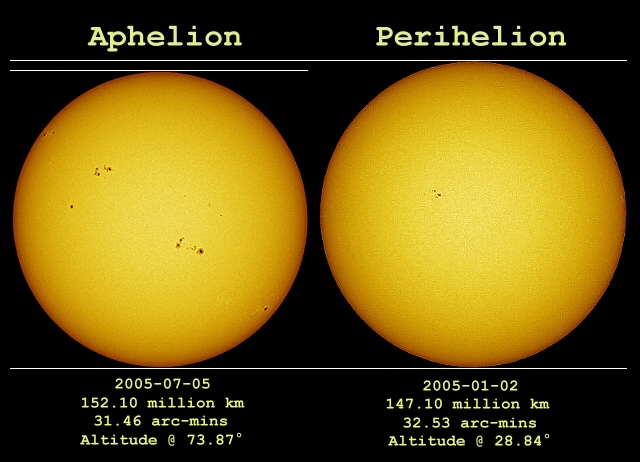
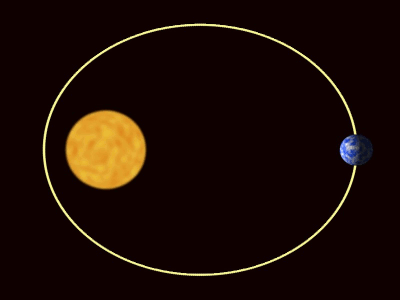 |
- 3,000,000 miles difference
- Earth’s velocity is constantly changing.
- At perihelion these changes seem like a slingshot as the planet gains and loses velocity.
- The length of the days on earth have nothing to do with the distance of the sun and earth.
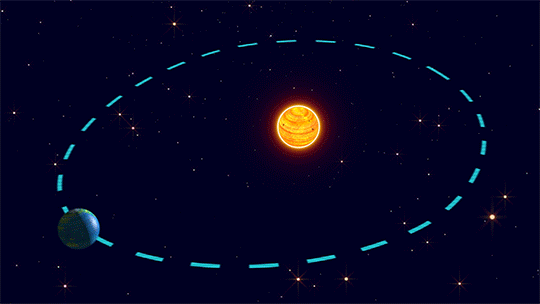 |
This significant yearly event is never even casually mentioned in the weather reports.
This obviously important event receives only two sentences in basic high school science textbooks.
In fact, most otherwise well educated people I ask don’t have the correct answer either.
When is the perihelion?
January 4th is Perihelion time… more or less.
Many people are surprised to know that the day the earth is closest to the sun is in fact around January 4th. (I say around because it does wobble a bit between January 3rd-5th because the earth’s orbit around the sun is affected by other factors such as the orbits of the other planets.) For the sake of argument let’s just assume that January 4th is Perihelion Day.
This may seem contradictory at first. After all January 4th is a cold dark winter day. In fact It is two weeks after the shortest, and darkest day of the year. Shouldn’t it be warmer not colder if the distance is closer?
Well that would only be true if you live in earth’s Northern Hemisphere. Anybody south of the equator is celebrating New Years in the middle of summer.
When The Earth Is Near The Sun Is Uncontroversial.
It Is Fact.
Practically everybody knows when the solstices and equinoxes occur, hardly anyone can tell you the date of perihelion. Most do not even know the time of year it happens
The dates of Christmas, Valentine’s Day and Halloween may seem significant but also arbirary when we know how they have been established and moved throughout history.
Yet basic fact of life as the fluctuating distance of the sun remains completely unknown to most people.
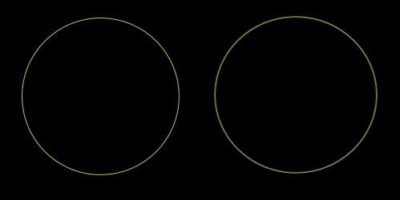
circle vs earth orbit 0.0167 eccentric ellipse. A small but obvious difference.
The difference between the closest and farthest point is over 3,000,000 miles!
That is over ten times the distance from the earth to the moon. The moon is 238,000 miles away. (on average)
the distance from earth to sun varies more than 10 times the distance to the moon’s 240,000 miles!
That is a big difference in distance and huge difference in velocity as well
Sunlight is 7% more intense in January than in July.
In astronomy the closest and farthest point are called Apogee & Perigee.
Earth’s distance from the sun is constantly changing. speeding up and slowing down. A predictable asymmetrical pattern throughout the year.
This elliptical orbit is described by Kepler’s three laws of planetary motion.
Keplar’s Law II describes how planets in orbit carve out equal arcs in equal time.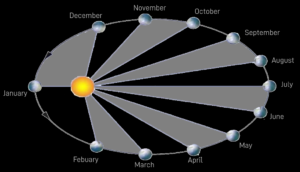
I. Every planet’s orbit is an ellipse with the Sun at a focus
II. A line joining the Sun and a planet sweeps out equal areas in equal times
III. The square of a planet’s orbital period is proportional to the cube of the semi-major axis of its orbit.
 Johannes Kepler (December 27 1571) born to a poor mercenary in Württemberg, Germany, who tracked the orbital path of Mars and published his three famous laws of planetary motion — which validated Copernicus’s theory of a sun-centered solar system — and later helped Isaac Newton discover the law of gravity.
Johannes Kepler (December 27 1571) born to a poor mercenary in Württemberg, Germany, who tracked the orbital path of Mars and published his three famous laws of planetary motion — which validated Copernicus’s theory of a sun-centered solar system — and later helped Isaac Newton discover the law of gravity.
Kepler was nearly blind from a smallpox epidemic when he was three, and he developed the first eyeglass designs for nearsightedness and farsightedness.
Kepler was a pioneer and was first
- to explain that the tides are caused by the moon,
- to propose that the sun rotates on an axis,
- and to use planetary cycles to calculate the year of the birth of Jesus Christ.
difference in the apparent size of the sun
Aphelion is The Farthest Point from the sun
The planet is traveling through space at approximately 67,000 mph on average.
At Perihelion it is moving 1000 meters per second faster at than at the Aphelion. That’s 3,600 mph faster on January 4th vs July 4th.
Which is about 4 times faster than the International Space Station orbits the earth. How big a difference? At 3,600 mph, you could get from Los Angeles to New York in 3 minutes.
 Distance of the earth from the sun has nothing whatsoever to do with earth’s Axial tilt. But the angle of the tilt and orbit do wobble which causes ice ages.
Distance of the earth from the sun has nothing whatsoever to do with earth’s Axial tilt. But the angle of the tilt and orbit do wobble which causes ice ages.
The length of days is due to the earth’s 23 degree tilt on its rotational axis.
This has nothing whatsoever to do with the relative position of the sun and earth
Paradoxically the four seasons, have nothing to do with the proximity of the sun either.
The Northern Hemisphere contains approximately 68% of Earth’s landmass and is home to about 90% of the global population.
If you are in the Southern Hemisphere, in a city like Buenos Aires, Cape Town, or Sydney, it may not seem so strange that January is the closest proximity of the earth and the sun. In fact, in certain latitudes, January is extremely hot.
This Northern Hemisphere bias is inherent in the perihelion effect’s misinterpretation. In fact this bias is pervasive throughout scientific data and observation. Civilization developed almost exclusivly north of the tropics. This has likewise affected our inherent perspective regarding seasonality.
It has also let to much confusion regarding seasonality and a disregarded the of the subtile underlaying clues as to why no serious study of Perihelion Effect before; Winter solstice in the northern hemisphere corresponds to summer solstice south of the equator.
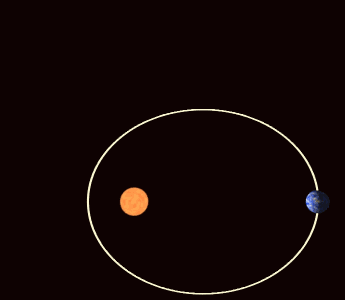
Date of the Perihelion is moving forward
Over the past 2000 years, the perihelion has shifted from December 17 to January 4. Mathematicians and astronomers estimate that in 6430, over 4000 years from now, the perihelion will coincide with the March equinox
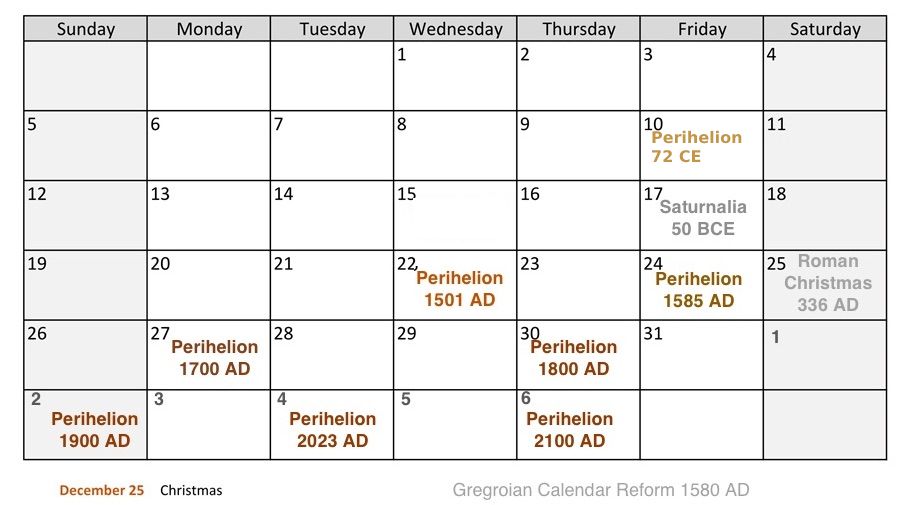
does perihelion/Aphelion Affect you?
If you ask mainstream scientists they would say
‘There is no effect of eccentric the orbit of earth around the sun.’
That is wrong.
Let’s reframe;
There are no ‘known‘ effects of the proximity of the earth to sun because this type of paradigm has not been yet examined.
This website explores possible connections between the orbit of the earth and the wide ranging evidence that is embedded in the calendar and personal sense of time, including the evolution of collective consciousness.
It is conceivable, and perhaps even more likely, that there is a link between the calendar and human health, but no global multidisciplinary study has been conducted.
With the acquisition of global data, chronobiology and the study of seasonality trends are only now emerging as new relevant topics of inquiry.
see also – Subjective_Time_in_Organizations_Conceptual_Clarification_Integration_and_Implications_for_Future_Research
Some critics label such radical supposition as ‘pseudoscience’.
such responses belie the ignorance of not understanding Science nor it it’s limitations.
Phenomena observed but which lacks a measurable explanation is, by definition, part of an outmoded paradigm. This calls for a shift in our awareness of time; empirical, collective and subjective as well.
Paradigm revision on the other hand, is a higher level mental activity. Both sides of the brain collaborate to develop a new viable paradigm.
Helio-Eccentricism is the organizing principle.
We explore a new paradigm based on a new holistic orientation to the sun.
It is true that phenomena that are observed but lack a measurable explanation can be seen as part of an outmoded paradigm. This can lead to a shift in our understanding of the world and the way we approach scientific research. It may also require reevaluating our current models and theories, and possibly developing new ones to better explain the phenomenon.
The concept of time is a complex one, and there are multiple ways to consider it, including empirical (based on observation and measurement), collective (based on societal and cultural perspectives), and subjective (based on personal experience and perception). Understanding how these different perspectives on time can impact scientific research can help broaden our understanding of the world and lead to new discoveries and advancements.
Additionally, recognizing the limitations of our current paradigm and being open to new perspectives can help foster scientific progress, expand our understanding of the universe, and promote world unity by fostering a shared understanding of our place in the world.

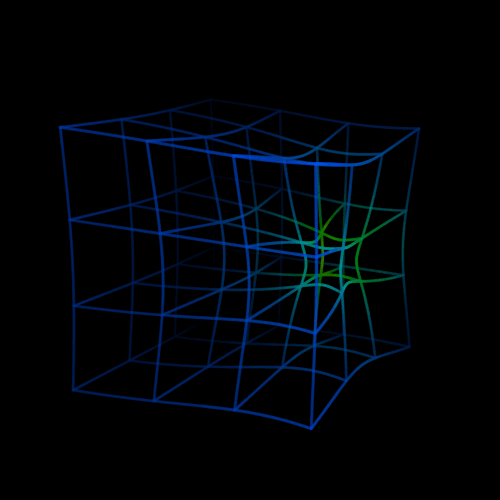
representation of Subjective 4D Spacetime distortions
Eccentrica Archives Of Perihelionism

What is Perihelionism?
Earth at Closest distance to the sun could this be influencing you in ways you are not aware of? how does the perihelion affect you?

Sheldrake declares ‘The Perihelion Effect is a completely new and unusual idea’
By Joseph Schuster, December 21, 2018 I recently shared the The Perihelion Effect website with Dr. Rupert Sheldrake acclaimed author of The Science Delusion and researcher
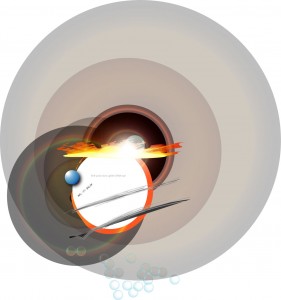
Inventing a New Inclusive Science Fictional Holiday (for smart people)
Summary:World Perihelion Day is a science-fictional holiday that celebrates the phenomenon of perihelion, which is the point in Earth’s orbit when it is closest to

Thomas S. Kuhn’s Structure of Scientific Revolutions
SYNOPSIS: The book “The Structure of Scientific Revolutions” by Thomas S. Kuhn is a landmark in intellectual history that challenges the traditional view of the
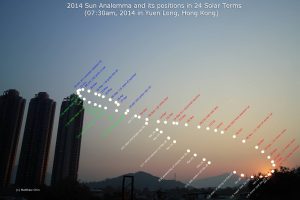
Understanding the Eccentricity of the Earth’s Orbit and Its Impact on Timekeeping
Understanding the Eccentricity of the Earth’s Orbit and Its Impact on Timekeeping Timekeeping has been an essential aspect of human civilization since ancient times. The

winter stories of reversals of fortune
Holiday musings: Reversal of fortune is one of the most common themes of Christmas stories and movies. Stories of personal crisis and loves won and

Aphelion Day
Aphelion July 4 2023 Summary: Perihelion is the time when the Earth is closest to the sun, while aphelion is when it is farthest from

why do people experience holiday stress?
We are all familiar with the idea of holiday stress. That feeling that time is going by faster and faster from Autumn until New Years.
